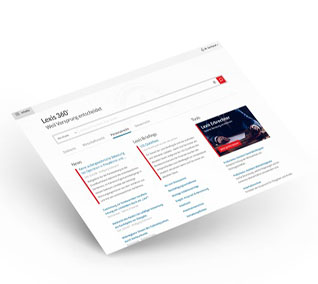Striving for efficient asset allocation investors usually have limited risk bearing ability. This results in an upper limit for their portfolio volatility that must not be exceeded. Ensuring compliance with this risk limit at any point in time is essentially complicated by two factors: First, portfolio volatility permanently changes over time. Second, there is a considerable time lag between two consecutive estimations of portfolio volatility due to a restricted capacity of the employed technical resources as well as a fixed forecast horizon. This may result in a (considerable) inaccuracy with regard to future volatility which is usually accompanied either by a violation of the risk limit or by a suboptimal asset allocation yielding less than actually achievable return. In order to contribute to the prevention of these drawbacks, this paper focuses on the second factor for forecasting inaccuracy and presents the so-called Risk-at-Risk approach, which allows for the consideration of the time lag with respect to volatility forecasting. Its integration into asset allocation facilitates the return maximisation while simultaneously ensuring compliance with the predefined risk limit with utmost probability. The practical applicability of the approach is demonstrated by means of two examples, one assuming future volatility to be normally or log-normally distributed and one employing real-world intra-day data of Linde and Merck between January and September 2010. While the first example illustrates the relevance of a dynamic adjustment of forecasting frequency dependent on current market developments, the second emphasizes strong differences in asset allocation when applying Risk-at-Risk instead of mean future volatility.

Asset Allocation Taking into Account the Time Lag of Volatility Forecasting*)*)The author wants to thank Dr. Wolfgang Hackenbroch for his preliminary ideas as well as Professor Dr. Hans Ulrich Buhl, Professor Dr. Andreas Rathgeber, and anonymous reviewers for their valuable comments during the preparation of this paper.

AbhandlungenDr. Bettina FriedlÖBA 2011, 571 Heft 8 v. 1.8.2011
